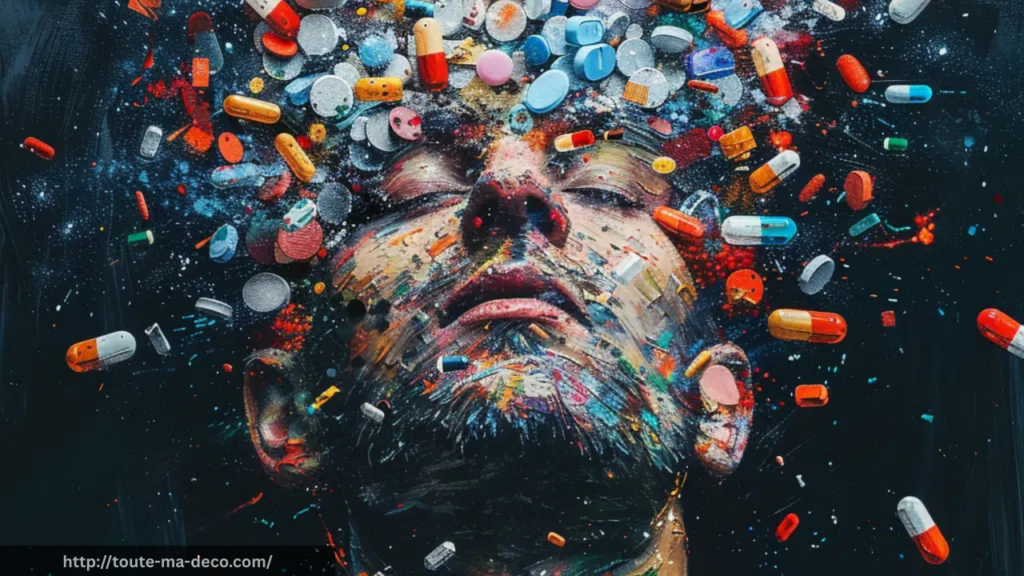
Recovering from addiction is a deeply personal and often challenging journey. It involves more than just abstaining from substances; it requires rebuilding one’s identity, coping mechanisms, and sense of purpose. While therapy, support groups, and medication play essential roles in recovery, arts and crafts offer an additional, powerful avenue for healing. Through creative expression, individuals can channel their emotions, regain self-confidence, and build a meaningful life in sobriety.
Emotional Expression and Release
Addiction is frequently rooted in unresolved emotional pain—trauma, loss, anxiety, or depression. For many individuals, verbalizing these complex emotions can be daunting. Arts and crafts offer a non-verbal outlet for expressing feelings that might otherwise remain buried. Whether it’s painting a canvas, molding clay, or stitching a quilt, the act of creating provides a safe and constructive way to process emotions.
Creative expression allows individuals to externalize their inner world. This can be both cathartic and enlightening, helping them to confront and understand the root causes of their addiction. Over time, this emotional processing can reduce the burden of suppressed feelings and support long-term healing.
Rebuilding Identity and Self-Worth
Addiction often strips individuals of their sense of identity and self-esteem. The repetitive cycle of substance use and guilt can leave people feeling worthless or incapable. Engaging in arts and crafts helps to rebuild that lost sense of self. Completing a project, no matter how simple, provides a tangible sense of accomplishment.
Crafting also encourages the rediscovery of personal interests and talents. Many individuals in recovery find joy in exploring new creative outlets—painting, woodworking, jewelry-making, or textile arts. These discoveries can become part of a new, sober identity rooted in passion and purpose.
Structure and Mindfulness
Recovery thrives on routine and structure, both of which are provided by regular engagement in arts and crafts. Creative projects require focus, planning, and patience, encouraging individuals to stay present and engaged in the moment. This mindful state can be incredibly grounding, reducing anxiety and helping manage cravings.
Repetitive crafts like knitting, coloring, or beading are especially effective in promoting relaxation and mindfulness. These activities can create a meditative rhythm that soothes the nervous system and helps manage stress, which is a common trigger for relapse.
Social Connection and Community
Addiction often leads to isolation, but arts and crafts can foster connection and community. Group art therapy sessions, creative workshops, and craft circles provide safe spaces for individuals to share their stories, support one another, and build friendships. These social bonds are crucial for maintaining sobriety and reducing feelings of loneliness.
Sharing creative work with others also offers validation and encouragement, further boosting self-esteem. Whether it’s displaying artwork in a group setting or giving handmade gifts to loved ones, these experiences reinforce the idea that the individual has something valuable to contribute.
Conclusion
Arts and crafts are more than just hobbies—they are therapeutic tools that support emotional healing, identity rebuilding, mindfulness, and connection. For individuals in addiction recovery, creativity offers a path to self-discovery and renewal. By crafting a new life through artistic expression, people in recovery can find hope, strength, and a brighter future beyond addiction.